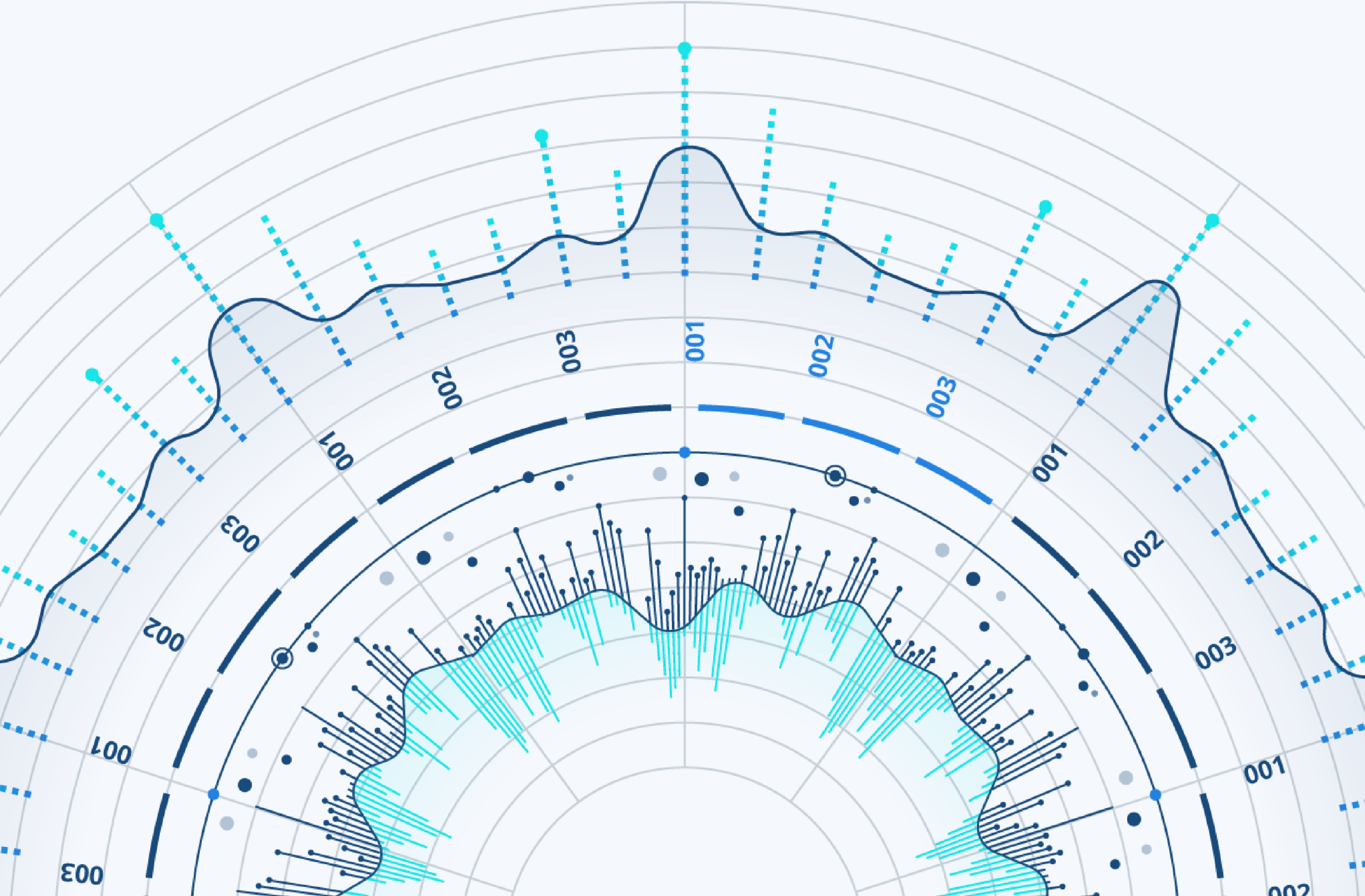Become relevant by combining GA4 and cross platform events in your customer journey.

Become more marketing relevant by combining GA4 and cross platform events in your customer journey. Collect, configure and analyze your data to reach the right audience.
As described in previous posts, monolithic applications are being replaced by serverless, cloud native applications. This means there are many entry points for our customers to follow their journey throughout the software. For your customer it is irrelevant what kind of technology is used, App or Web, or cross-platform. In order to stay on top of our game there is a huge need of business or KPI reporting to determine the real business performance.
GA4 (or Google Analytics 4) is designed for comprehensive user analysis.
With the launch of GA4, Google has set in motion its biggest changes to Google Analytics in its history. The new system introduces an official framework to facilitate a unified measurement of user interactions and events between web and app for the first time. With the platform set to become the next chapter of KPIs, E-commerce practitioners need to engage now in order to realize its benefits and get a head start. So what is it, how does it work and why can it help you understand your customers better?
In the early days of web development and customer behaviour and measuring their ‘clicks’, Google recognized the business need for marketing reporting. And of course to sell their Ads. They introduced Google Analytics 21 years ago and now a new kid is on the block…
The days of single session reporting are gone and GA4 is a step closer to closing the gap on cross-platform user journeys with a focus on user acquisition, retention, segmentation and lifetime value. It looks like it’s all about marketing, right?
Wrong! It is all about AUTOMATIC EVENT TRACKING
Unlike Universal Analytics, where an event was a “hit type”, in GA4 all hits are events. That means that most meaningful events in the browser or app are automatically being captured and sent to the property. This is a benefit to those who are less technical, but could potentially add a lot of noise and confusion within the property by the sheer volume of events available.
And with this automatic event tracking of applications, so web and App, the software can introduce the next level of end-user perspective. In business terminology, key performance indicators and reporting can bring the must needed insides while defining a cloud native application implementation. As most of these architectures rest on Event management, APIs and serverless functions, user activities are more than clicks on a web page. In order to track these customer journeys in an automated way, customer dimensions and metrics are added in the implementation of GA4.
So custom dimensions and metrics are a powerful way to send custom data to Google Analytics. Cloud developers can use custom dimensions and metrics to segment and measure differences between logged in and logged out users, authors of pages, levels in games, or any other business data you have on a customer journey!
In GA4, custom dimensions and metrics are automatically created for you from your event parameters, so to set a custom dimension or metric, you simply create a custom event parameter. When two events are setting the same parameter, you can merge them into a single dimension.
In conclusion, API calls, user journeys and old school clicks are now combined in advance business reporting, real time event reporting. Your marketing strategy and outcome, while using a different cross-platform customer journey, can be measured within minutes. Why wait, switch to newer digital products and start using cloud native strategies.
According to their own documentation, GA4 is the future of Google Analytics and will be the platform that will receive continued updates and maintenance. Google Analytics 4 is prepared to withstand the inevitable blow that data compliance regulations like GDPR and CCPA will have on the accuracy of your reporting.
In addition to that, the cross device and cross platform tracking capabilities in GA4 are far superior to that of previous versions of Analytics and will continue to evolve over time as new technologies get released. If you are a website and app owner, GA4 closes a much needed gap in the user journey and will take your analytics game to new heights.


